Results 31 to 33 of 33
Thread: Vintage Finishes
-
12-15-2015, 05:28 PM #31

I am wondering how a razor coming off a wheel say, 140 years ago, would maintain the same finish. Isn't there some dulling by simple aging unless preserved in a vacuum?
Finally this addresses the idea of a burnished surface:
Roller burnishing is a method of producing an accurately sized, finely finished and densely compacted surface that resists wear. Hardened and highly polished steel rollers are brought into pressure contact with a softer workpiece. As the pressure exceeds the yield point of the workpiece material, the surface is plastically deformed by cold-flowing of subsurface material.
'A burnished surface is actually smoother than an abrasively finished surface of the same profilometer reading. Profilometers measure roughness height. Abrasive metal removal methods lower the roughness height, but they leave sharp projections in the contact plane of the machined surface. Roller burnishing is a metal displacement process. Microscopic “peaks” on the machined surface are caused to cold flow into the “valleys,” creating a plateau-like profile in which sharpness is reduced or eliminated in the contact plane.'
This came from a machinists site."Call me Ishmael"
CUTS LANE WOOL HAIR LIKE A Saus-AGE!
-
-
12-16-2015, 05:12 PM #32

Here's a small writeup on some examples.
A Weiss (London maker) c. 1820s. At first it looks like it has a uniform glaze finish:
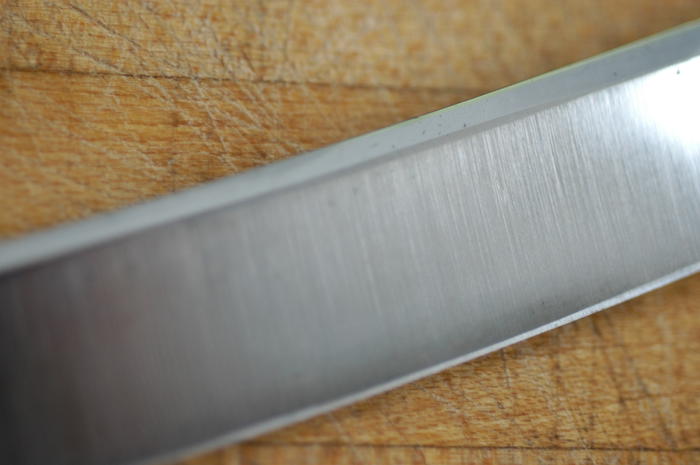
But upon closer inspection you can see the rather clumsy transition where it was reground:
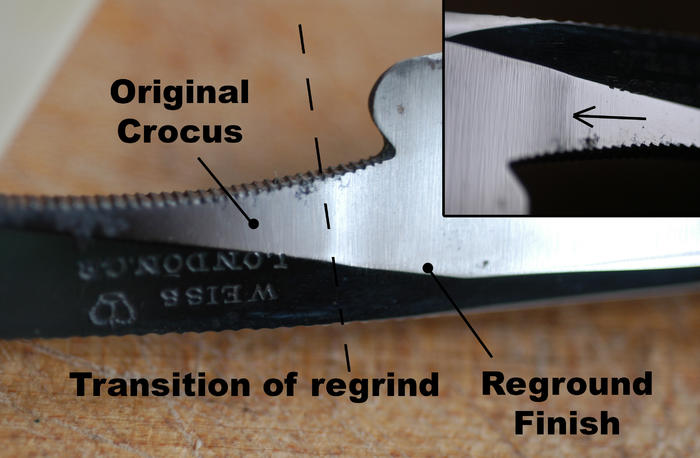
Pickslay, c. 1830s-40s. Same situation:
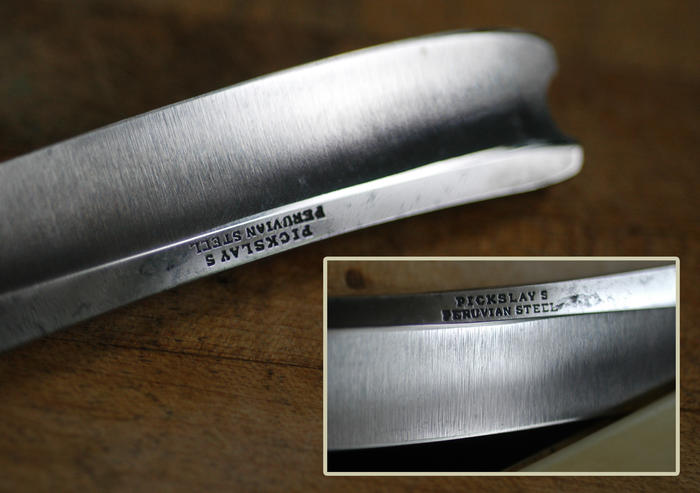
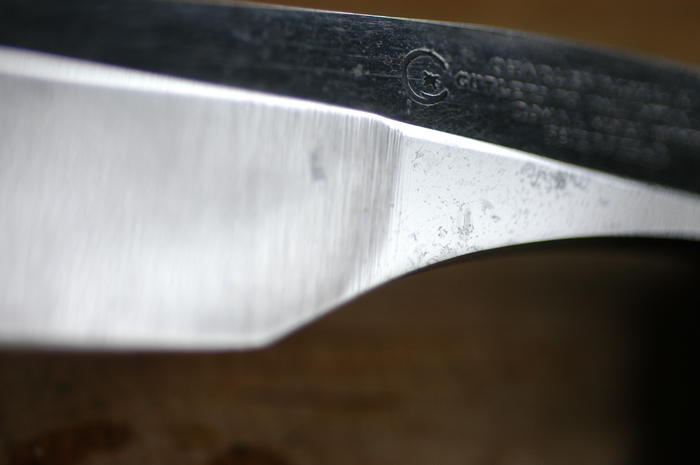
Pradier, c. 1820s. Reground a few times - you can see by the change in concavity. The original crocus finish is still visible at the heel.
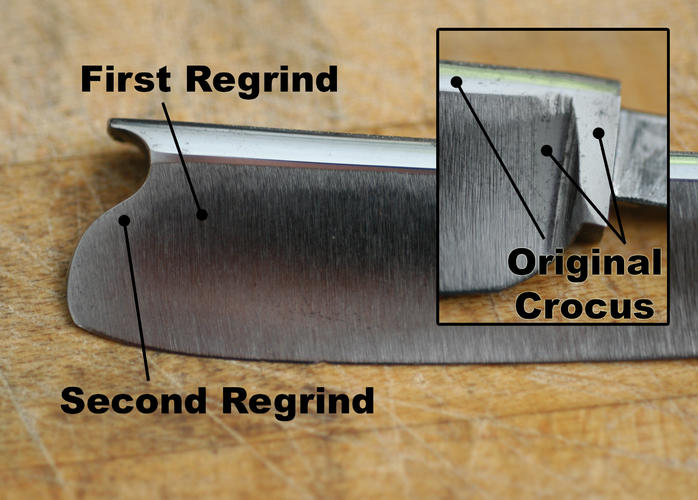
A Wade & Butcher from the 1830s. Parts of original finish present, but you can see traces where it was resurfaced, likely by some high-grit wheel very lightly.
edit: I don't have a source for this, but I was under the impression that defects like this would not be of quality to leave the factory for normal sale. After some discussion with Zak, I'm not sure quite what to think of this WB.
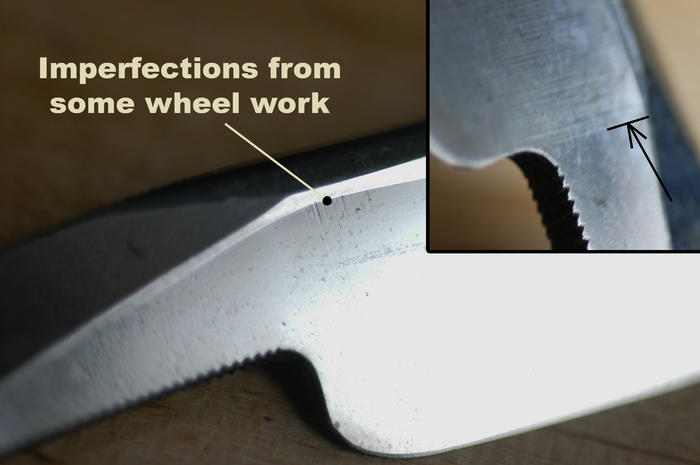
Some heavily reground examples. A mid-1800s Joseph Elliot, note how far back into the tang the regrind has been taken, and the rounded edges where the tang itself has seen some grinding:
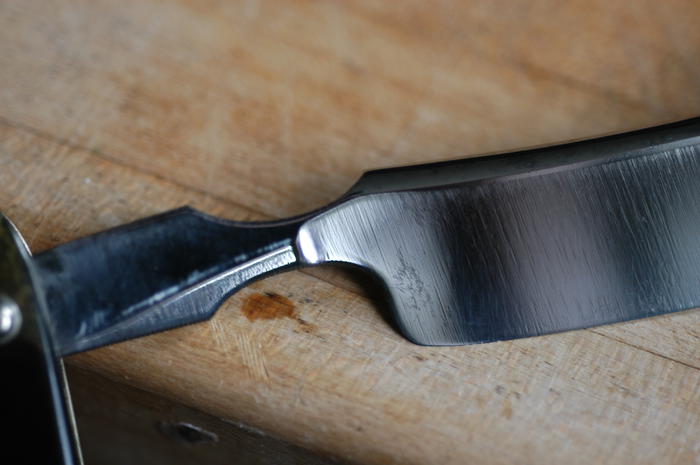
A completely reground 1820s R. Wade. The blade face is over-cut just like the Elliot:
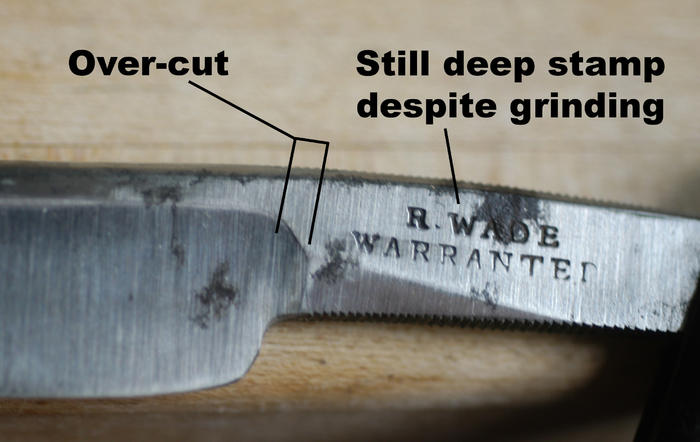
Now for some original crocus finishes.
Richard Vining, 1830s. Note the perfection of the reflection:
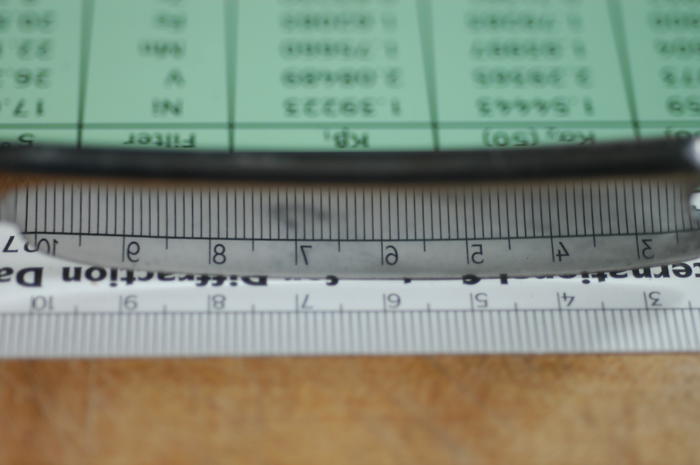
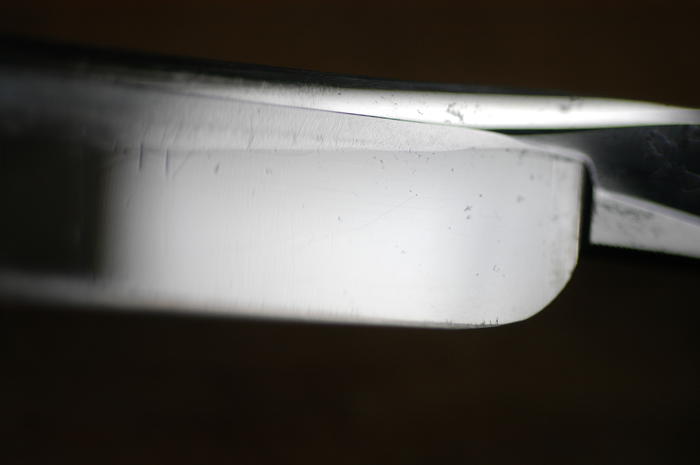
Late 1800s Mechi.
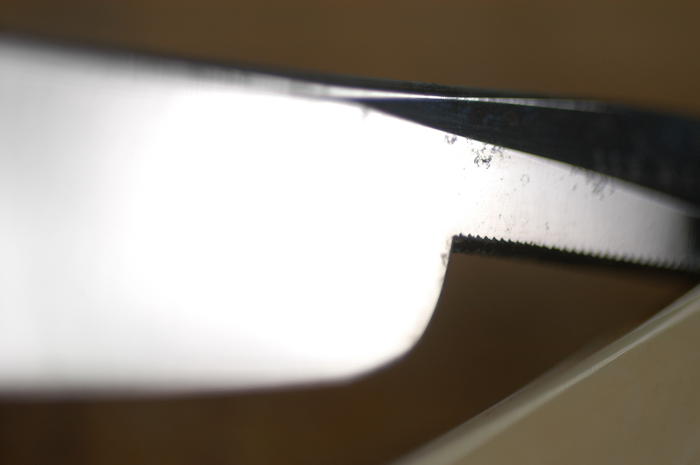
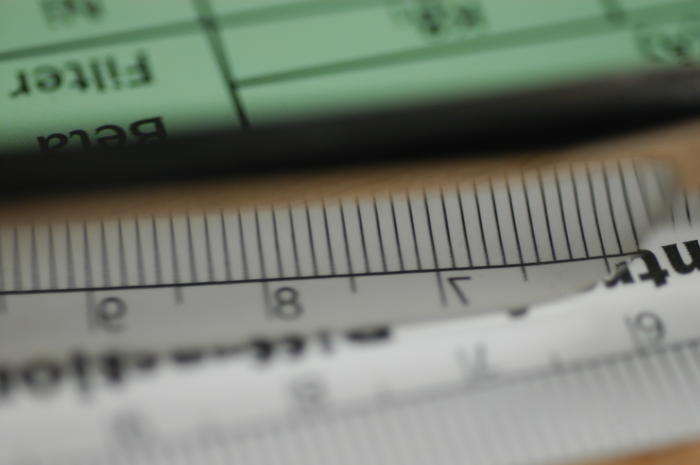
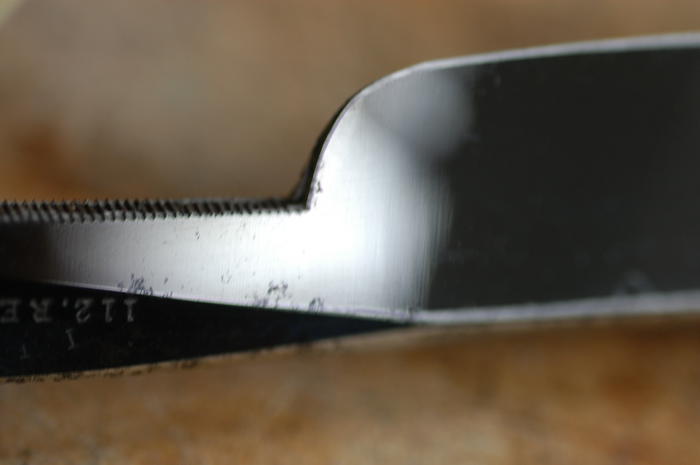
Note how the reflection is undisturbed even in the blade face to long cut transition:
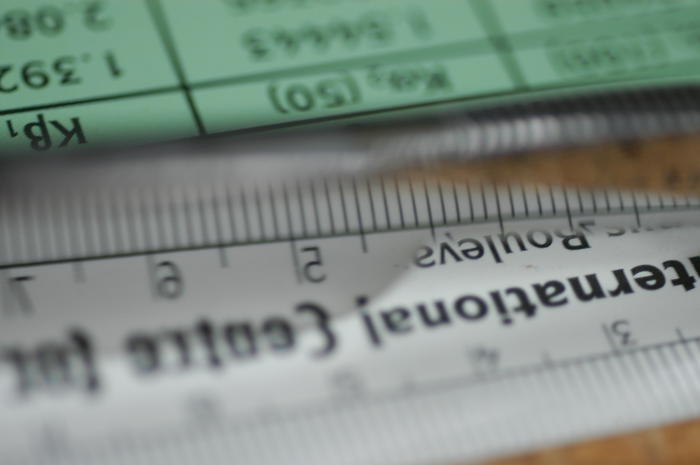
So the message in the end is that original crocus is a damn good finish - almost a perfect mirror and uniform along the whole blade, with crisp reflection and hardly any visible grind marks (though sometimes extremely faint marks are present). Glaze finishes can be confused with regrinds - I have seen a lot of blades I suspected of that finish being original only to be swayed by some factors on more careful inspection that suggested the finish was done after the factory. Such factors can be presence of patches of crocus that were 'missed', uneven grinding unfit for the standards of a factory worker, grinds that went over the edge of the normal shapes of a razor, changes in the linearity of geometry boundary lines, etc. One of the best examples is of course this set of Elliots:
http://straightrazorpalace.com/show-...splay-set.html
Those are no doubt a grouping and original, and a couple there have glaze finish.
Happy hunting.Last edited by ScienceGuy; 12-16-2015 at 07:23 PM.
-
-
12-17-2015, 05:08 PM #33

Here are some more.
A Joseph Rodgers pen knife with original crocus finish:
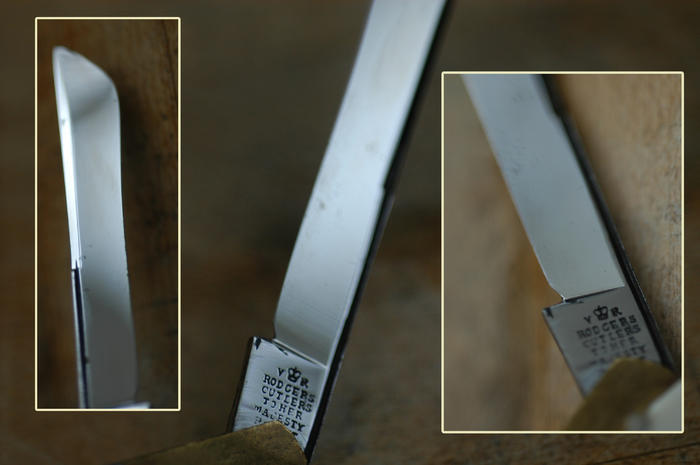
Closeups of an original crocus finish on a Joseph Rodgers razor. Note the very faint grind lines:
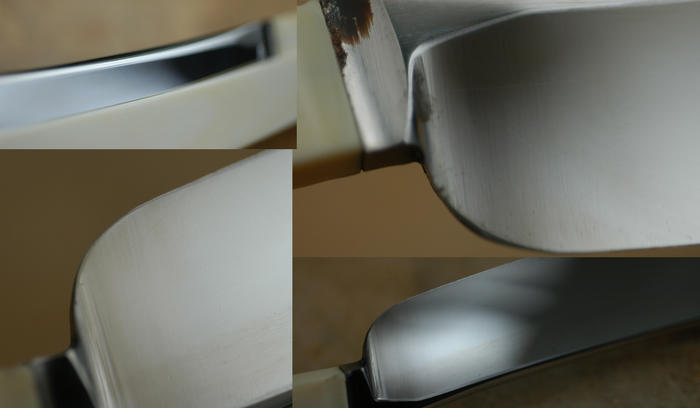
An excellent case study, a 7-day set of John Heiffor c. 1820s blades, where only one has been reground. The rest of the set is in unmolested original crocus. You can see the differences pretty clearly:
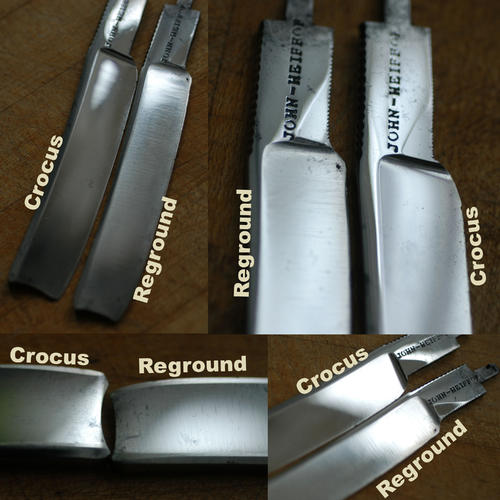
-


 115Likes
115Likes LinkBack URL
LinkBack URL About LinkBacks
About LinkBacks






 Reply With Quote
Reply With Quote
